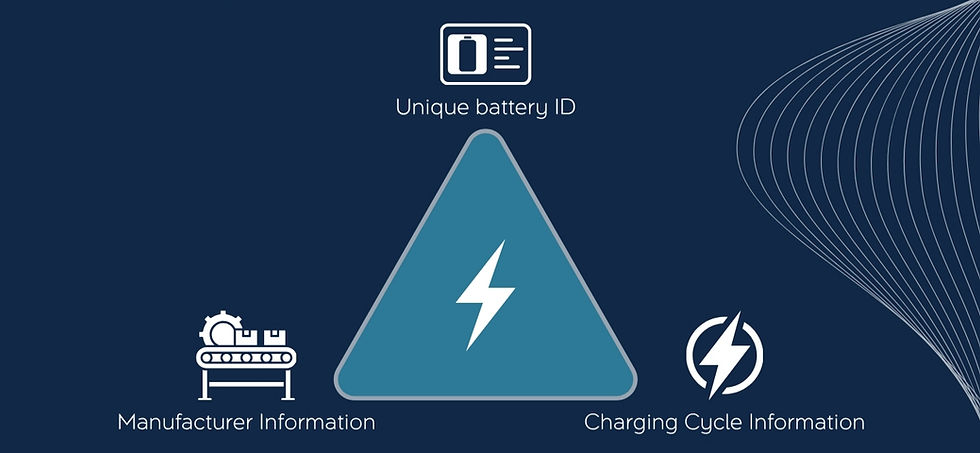Cobalt Prices Are Increasing — What Does It Mean for the Battery Industry?
- valery_noryk

- May 2
- 2 min read
Updated: Jun 13
The battery industry is facing a new wave of uncertainty as cobalt prices begin to rise, driven largely by geopolitical disruptions and tightening global supply. This cobalt price increase has serious implications for raw material sourcing, battery manufacturing costs, and long-term investment strategies. Cobalt, a key component in many lithium-ion batteries, plays a crucial role in energy density, battery life, and thermal stability — making it indispensable for electric vehicles (EVs), portable electronics, and energy storage systems.
One of the major catalysts for the recent price movement is the Democratic Republic
of Congo (DRC), which accounts for approximately 76% of the global cobalt supply.
In a surprising move, the DRC has announced a four-month suspension of cobalt exports. This development has sent shockwaves across the industry, as the global supply chain suddenly finds itself short of a critical input material. The expected result is a potential 24% reduction in available global cobalt supply, which could significantly impact raw material pricing and availability for battery manufacturers worldwide.
Battery Manufacturers Face Strategic Shifts
As cobalt supply tightens, manufacturers and suppliers across the battery value chain are reassessing their strategies. Countries and companies heavily dependent on cobalt imports are now actively exploring new sources and alternative technologies.
For example, China — currently reliant on imports for 98% of its cobalt demand — is already adapting its sourcing strategy and strengthening its supply diversification efforts. At the same time, many battery manufacturers are accelerating their transition toward cobalt-free chemistries to mitigate risk.
Current responses by battery manufacturers include:
Reallocating R&D investments into cobalt-free and low-cobalt battery chemistries (such as LFP and manganese-based variants).
Diversifying procurement to reduce reliance on single-source suppliers.
Evaluating long-term supply contracts and stockpiling strategies.
Exploring onshore or regional material refining and processing to improve control and resilience.
These shifts indicate a long-term move toward more sustainable and secure battery supply chains, even beyond the immediate price shocks.
Indonesia’s Emerging Role in Global Cobalt Supply
While the DRC’s export pause has created a significant supply gap, Indonesia is rapidly stepping up its presence in the cobalt market. In the past year, Indonesia's cobalt output has surged by 80%, supported by international investments and government incentives aimed at building a domestic EV and battery materials ecosystem.
Key developments in Indonesia’s cobalt sector:
80% year-on-year growth in cobalt production.
Increased foreign direct investment (FDI) in refining and export infrastructure.
Government support for vertical integration of mining and processing.
Emerging partnerships with automotive and battery OEMs seeking regional supply chains.
Strategic Implications for Battery and Recycling Companies
The evolving cobalt landscape presents both risks and strategic opportunities. Price volatility and supply limitations can jeopardize project economics, but they also create strong incentives to innovate and diversify.
At ALEXEC Consulting, we support clients in battery production and recycling with robust modeling tools that help them plan for such shifts. Our solutions integrate real-world data and dynamic assumptions, enabling clients to understand the financial and operational impacts of raw material disruptions.






Comments